Rennes (FR)
The Synthetic Site Folder and Site Brief are available for free.
Please register and login to access the Complete Site Folder.
- Synthetic site folder EN | FR
- Site Brief EN | FR
- Site on Google Maps
- Back to map
Data
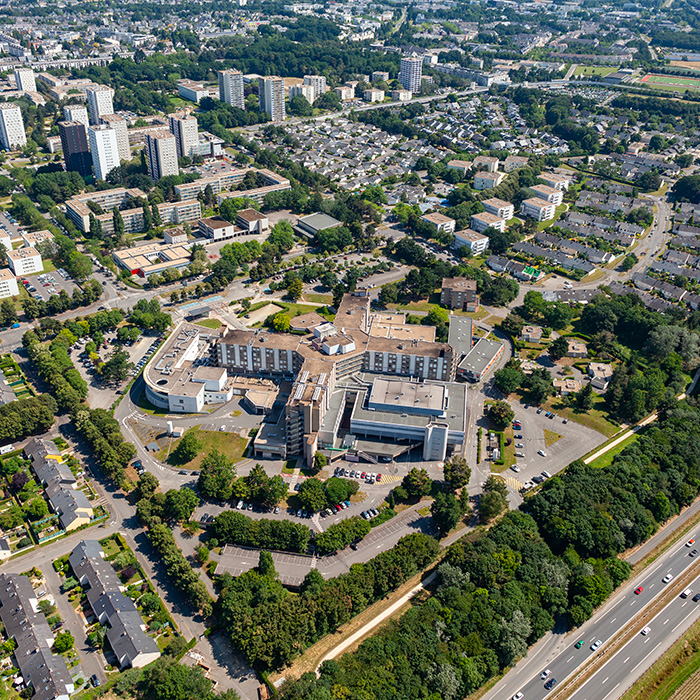
RENNES (FR)
Scales XL/S
Team representative Architect, urbanist and landscape architect
Location Rennes (35)
Population City 220 000 inhabitants, Metropolis 450 000 inhabitants
Reflection site 160 ha - Project site 7 ha
Site proposed by Rennes Metropolis
Actors involved City of Rennes, associative and cultural stakeholders of the district + partnerships with educational and research institutions, associations or companies involved in circular economy and recycling
Owner(s) of the site CHU >> Rennes Metropolis
Commission after competition Guide plan and/or urban and landscape contract - Architectural feasibility studies for prefiguration and experimentation - Architectural or landscape contract and project management missions.
More Information
Inhabited milieu's challenges
On the edge of the city of Rennes and in contact with the Blosne district (ANRU district undergoing restructuring), the site is part of the urban area’s green belt and opens onto a vast agricultural and natural plateau.The southern ring road (RN 136) constitutes a clear limit to the dense heart of the metropolis: the local authority has long favored a model of development through renewal within the green belt while enhancing the city-countryside network around the idea of the «Archipelago City».The site will be entirely vacated in 2027 following the relocation of the University Hospital Center. It is marked by a cross-shaped building (58,000 m2), a legacy of the 20th century built according to a model of hospital architecture from the late 1970s.
The competition aims to explore the field of possibilities to prefigure the reconversion of the South Hospital in a larger scale vision, urban and landscape, ecological and environmental.The project is not limited to the unique reconversion of the built heritage: Rennes Metropole plans to create a piece of city open to its environment and welcoming a diversity of uses: education and training, creative and productive activities, housing, urban logistics. It is an exemplary laboratory for experimenting with new tools for circular urban planning, taking into account urban metabolism and resource management.The theme of the living city here deals with nature (water, soil, biodiversity) and humans (social and economic inclusion), but also with «living architecture»: the project process must bring the site into a new life cycle, after 50 years of hospital life.
Questions to the competitors
The South Hospital site provides an opportunity to develop the theme of living cities in two intertwined aspects: imagining the return to use of a built heritage that is losing its initial function in order to adapt it to new, more diverse occupations that are likely to evolve over time; regenerating an artificial soil and re- establishing physical and ecological continuities with its environment.
On the scale of the strategic site: how can this site be reintegrated into the wider landscape and ecological continuities be reconstituted (renaturation of the Blosne river)? How to open it up to the Blosne district and attract new inhabitants? How to treat the interfaces between the city, the infrastructure and the surrounding countryside? How should the landscape perceived from the ring road be staged and what uses should be made of the area surrounding the infrastructure?
On the scale of the project site: how to revive this site and develop new activities? What to do with this built heritage, between reuse or reconstruction? The site is intended to become a destination, a marker of the metropolitan territory, a place of hospitality for the inhabitants of the Blosne district and the metropolis. Renne Metropolis wishes to make it a demonstrator of the sustainable city, a place of urban intensity offering both a high urban quality, services for daily life, a number of housing units and a particular relationship with nature, with attention paid to the proximity of agriculture and the countryside.
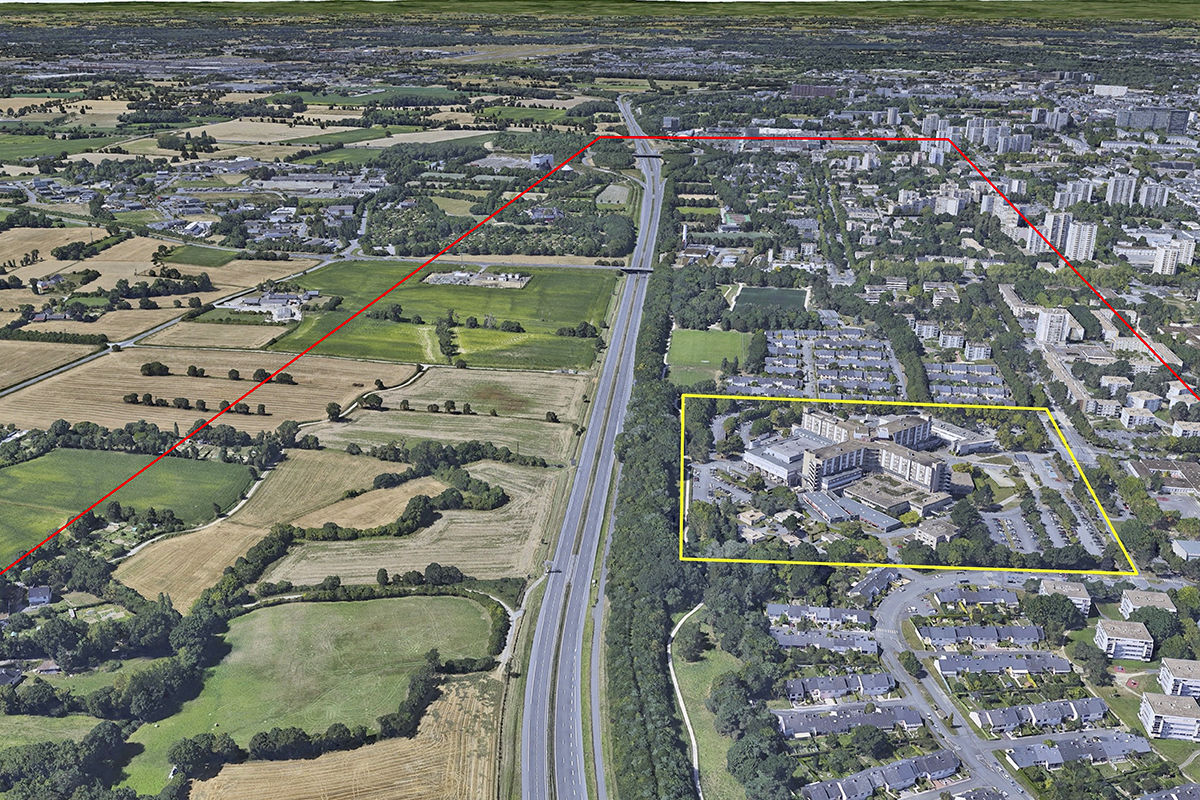
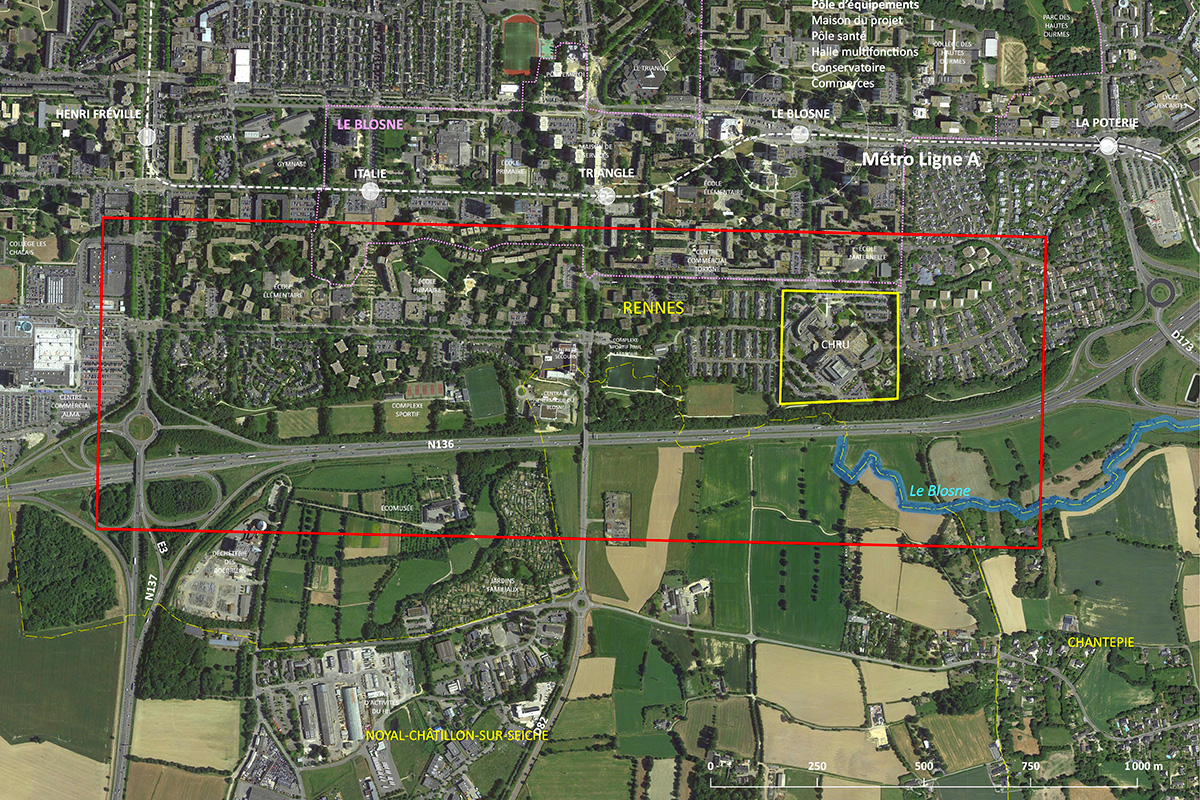
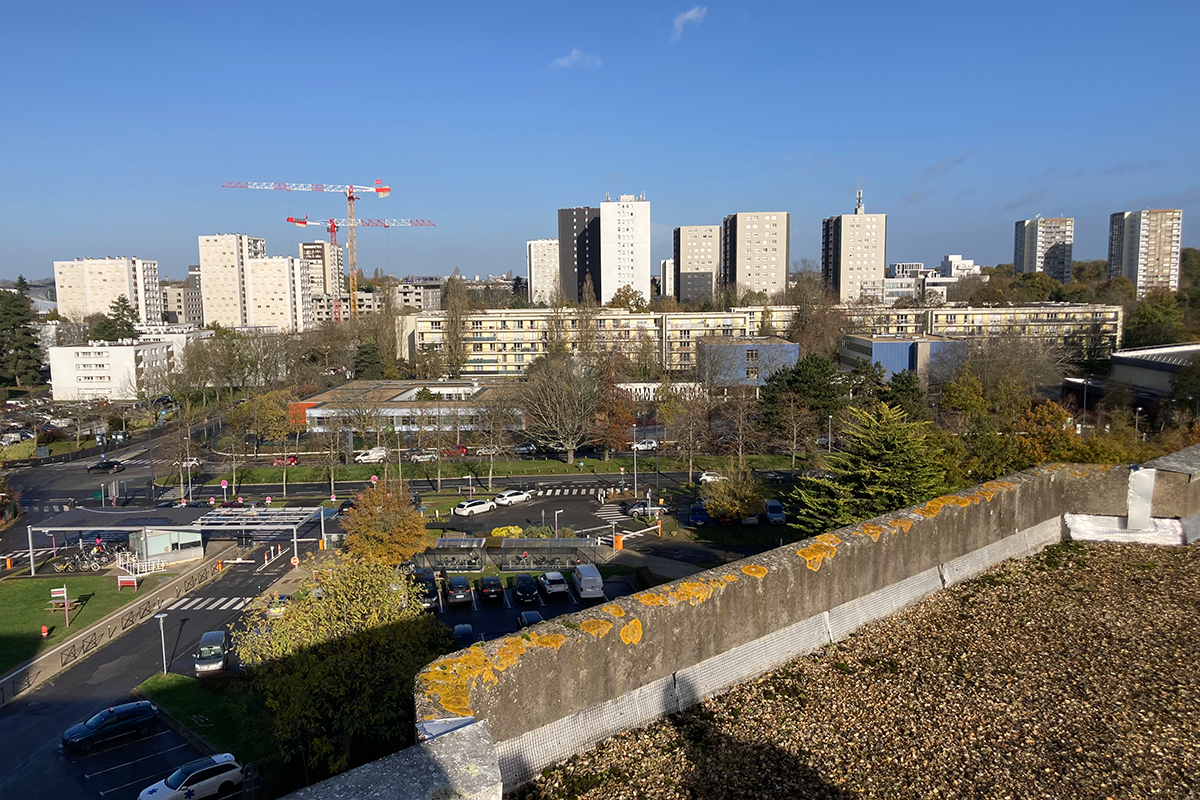
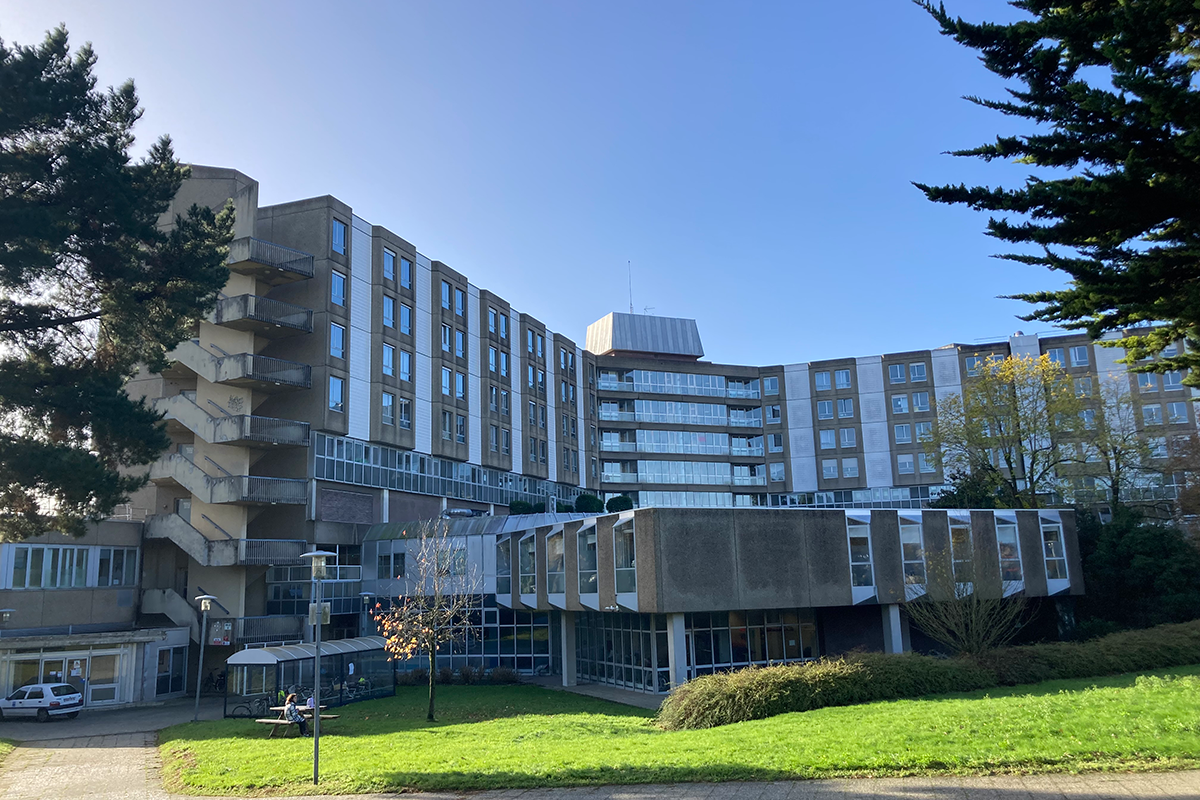
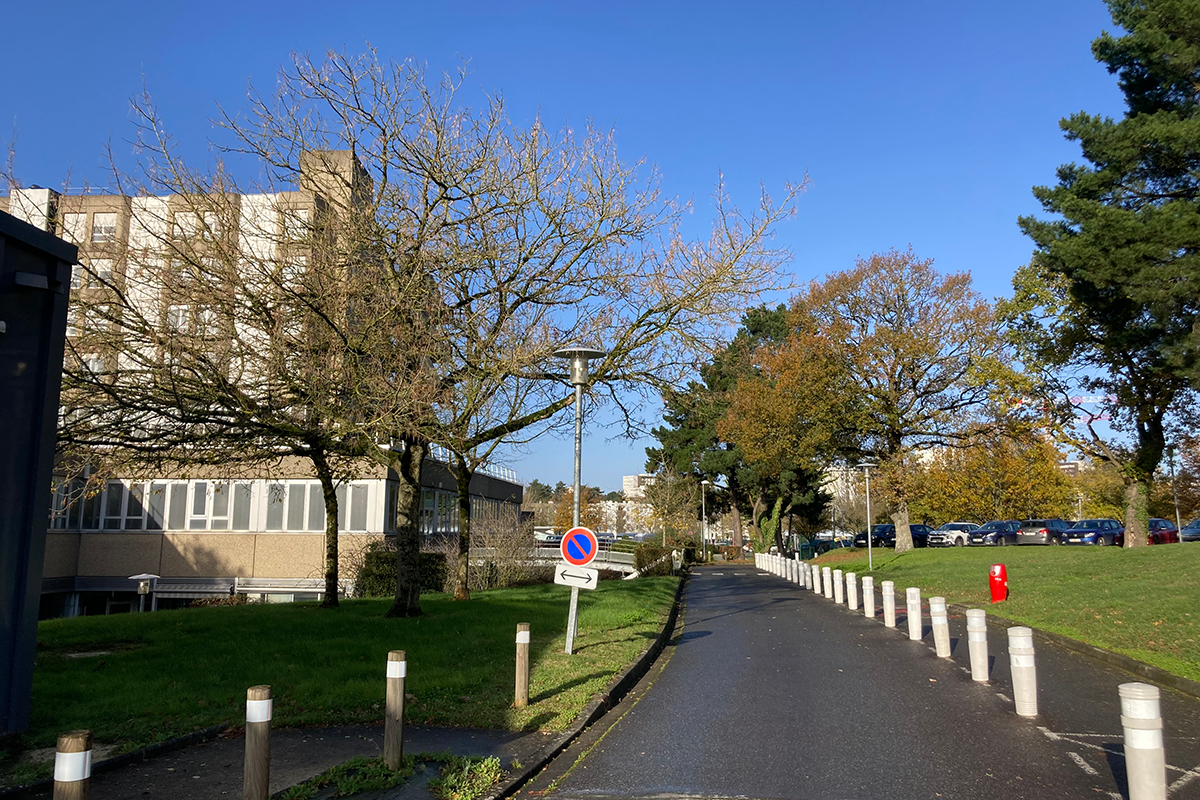
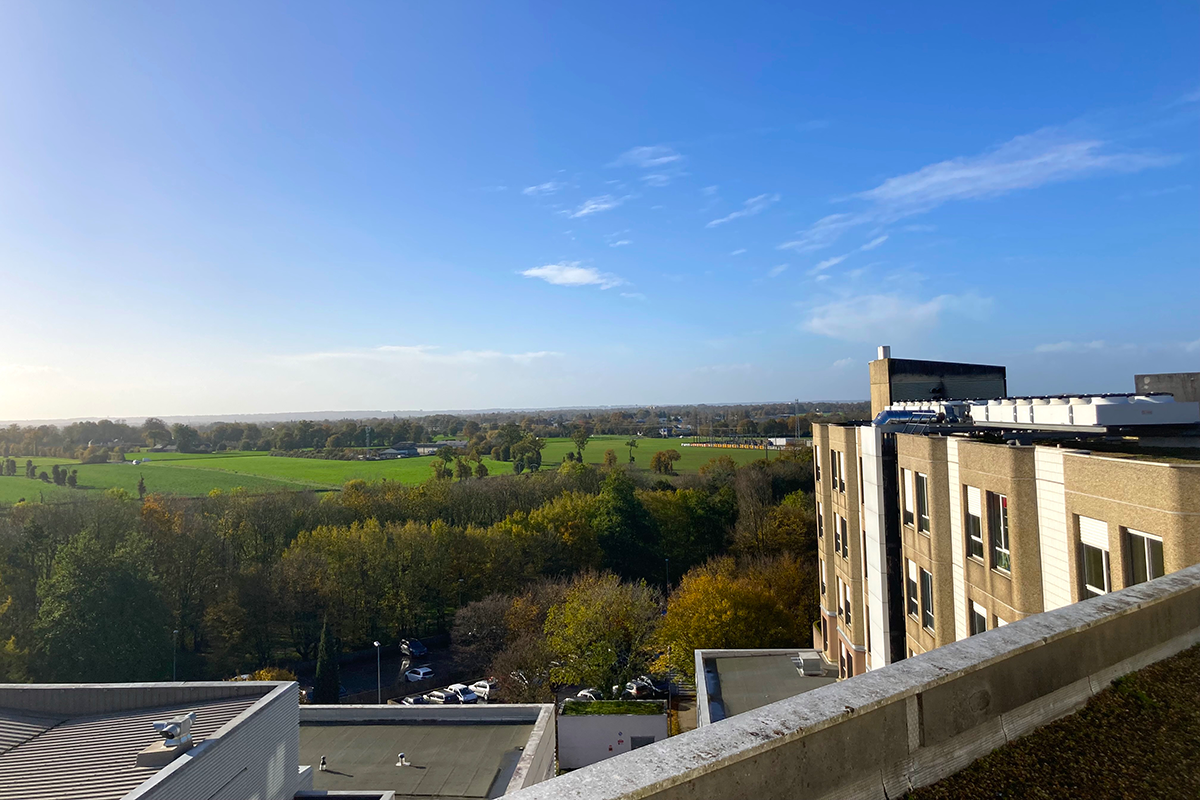
Questions on the site
Is it possible to have plans of the ground, first, second and third floors of the CHRU, as mentioned during the visit?
All plans are added to the complete site folder: see file FR-RENNES-PS-M07
1. Is it possible to find out the details of all the programs at each level of the site? 2. Having been unable to attend the site visit, I would like to know if a recording of the site visit is available?
We do not have a detailed breakdown of hospital services level by level.
The base contains all logistical functions (storage, archives, former kitchen, etc.).
The upper floors of the cross-shaped building house the bedrooms.
The visit was filmed. The film will soon be available online.
This site is connected to the following theme
IMAGINE A SECOND LIFE! A Second Life! is a metamorphosis of a situation. The challenge is to regenerate and to support spaces in need of transformation from a new perspective towards the pre-existences and the hidden treasures that are already there. A new revalorization of all kind of resources – natural, heritage, energy, flows, economy, social… It means to reconsider uses and new proximities linking ecological and social dynamics. How to be attentive and welcoming to differences and vulnerabilities nourished by inhabited milieus facing climate change?
Transforming neighbourhoods and buildings towards an inclusive milieu
Questions on the site
You have to be connected –and therefore registered– to be able to ask a question.
Fr. 16 May 2025
Deadline for submitting questions
Fr. 30 May 2025
Deadline for answers
Before submitting a question, make sure it does not already appear in the FAQ.
Please ask questions on sites in the Sites section.
Please ask questions on rules in the Rules section.
If your question does not receive any answer in 10 days, check the FAQ to make sure the answer does not appear under another label or email the secretariat concerned by the question (national secretariat for the sites, European secretariat for the rules).